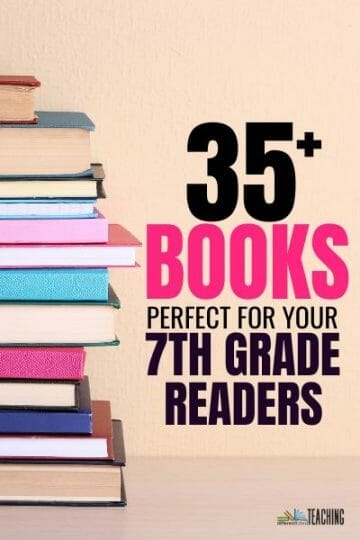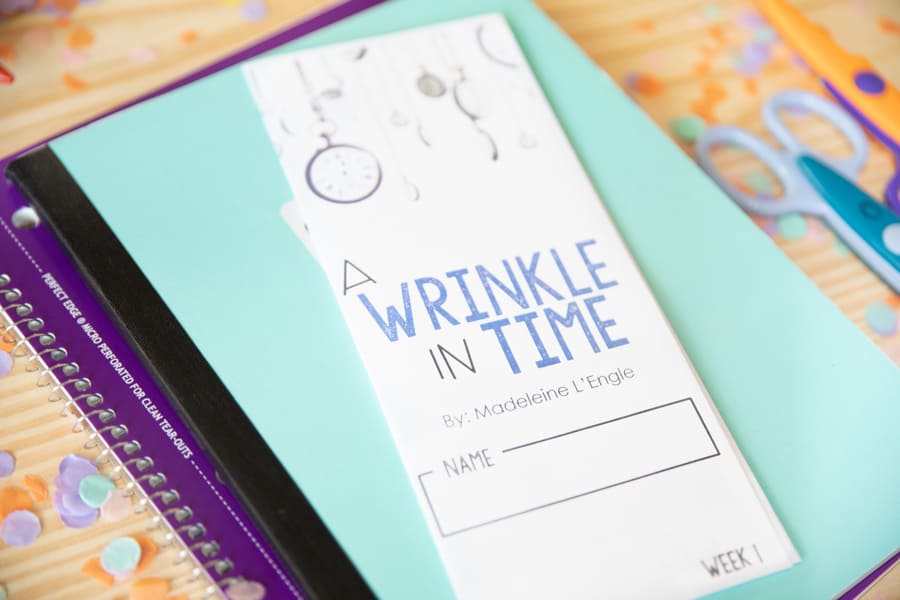Reading Interest Inventory- Why you need one & how to use it
A new school year often means a new group of students to get to know. While you likely spend a great deal of time building classroom community, you can also use these first few weeks to get to know your students as readers. By connecting with your students and learning more about their reading interests and preferences, you can set the stage for a successful year of reading instruction.

While there is a big push for reviewing the data you’ll inevitably collect from universal screeners and assessments, taking the time to learn about your students’ past experiences as readers and their preferences for reading material can make a huge difference in the relational aspect of teaching reading because it can help you differentiate to motivate and engage your readers more easily. Today I’m sharing one of my favorite ways to learn more about my new class of readers – a Reading Interest Inventory.
What is a reading interest survey?
Also called a reading interest survey, a reading interest inventory is exactly what it sounds like – a worksheet that helps you learn about your students’ reading preferences. This type of survey can be used with students of all ages. However, it is particularly helpful with elementary students who may not have a lot of experience discussing their reading preferences.
Also called a reading interest inventory, questions on these surveys can cover a wide variety of topics. For example, you might ask students more about what books they like reading. You might also ask questions related to grouping or how comfortable students feel reading with others. Finally, you might ask questions about preferences for specific text formats or how students perceive reading at an emotional level.
Why use a reading interest inventory?
How do reading interest surveys fit in with literacy? The short answer is that reading interest surveys help teachers differentiate instruction for students. By learning about reading preferences, teachers can better match students with books and reading experiences that they will enjoy. This, in turn, can help increase reading motivation and engagement.
In addition, getting to know your students’ reading preferences can also save you time in the long run. For example, if you know that a student prefers nonfiction books, you can save time by not recommending fiction books that the student is unlikely to enjoy.
Finally, reading interest surveys also help build a reading community in your classroom. You convey that reading is important and that you value your students’ thoughts and opinions on the subject.
How to introduce the survey to students
A reading interest survey is a great activity for your beginning-of-year lesson plans. I like to add it as I introduce the ins and outs of how reading instruction will be structured.
While some teachers use these as part of their morning work or as a sponge activity, I’d recommend finding a more meaningful time for students to complete the interest inventory as part of their language arts instruction during those first weeks of school.
Allow students time to answer the questions thoughtfully. This could be done during reading workshop or during independent reading time. For example, during the first week of school, build a mini-lesson around a few poems from Amy Ludwig VanDerwater’s book Read! Read! Read! focus on reading and introducing these to your students before they begin working on the survey.
Focus on how the narrator expresses emotion about reading or the specific language used, depending on your grade level. Then, use the connection to help set the stage and provide a common language for discussing reading preferences.
Some schools begin the year with a short unit on genre. If this is you, you’re in a great position to use this survey as part of your unit! On the final day, just have students complete the reading inventory.
5 Ways to Use the Data from Your Reading Interest Survey
After your class has completed the reading interest inventory, you can file these into student portfolios. Also, spend some time looking at the data to better understand your classroom reading preferences. Here are five ways to use the survey data:
1. Look for patterns and to identify gaps in your classroom library.
Each year’s group is slightly different. If you have students with similar interests, be sure you’ve got books in your classroom library that fit those interests. You can also use this information to help fill any gaps.
For example, if you don’t have many informational books in your library, but many students are interested in reading them, you’ll want to make a plan to get more of those types of titles. Read more about where you can buy inexpensive books for your library here.
2. Make reading recommendations to individual students.
One of the benefits of knowing students’ reading preferences is you can use this information to recommend books they’ll enjoy reading. This is a great way to show your students you listen to who they are. It also allows you to have more one-on-one conversations with students about reading.
3. Use the data to create partnerships or reading groups.
You can use the survey data to identify students with reading interests and create reading pairs or small groups. This is a great way to help students feel connected to others in the class. It also provides an opportunity for them to discuss books with their peers.
While many teachers pair students based on reading level, shared interests can be just as important when creating successful reading partnerships. If you have two students at slightly different reading levels but love animals, have them read a differentiated selection connected to that topic.
You may find they learn more than two students who are at the exact same reading level but don’t share any interests. In addition, their shared interest can help build background and spur vocabulary development for both!
4. Plan reading lessons and activities that are connected to students’ interests.
Evidence supports the value of student interest in maintaining engagement and motivation. Therefore, you can use the survey data to help you plan reading lessons and activities that are connected to your students’ interests. For example, if a majority of your students are interested in reading books about animals, you could do a compare and contrast activity using two animal books. This can help engage all students in reading while providing them with opportunities to learn about their interests.
5. Identify students who need additional support or motivation to continue their reading journey.
The survey data can also be used to identify students who may need additional support when it comes to reading. If you have a student who isn’t interested in reading anything on the survey, meet with them one-on-one. They might give more information in a conversation. A student who still cannot find anything of interest should be on your radar. This student may need some additional motivation or support to find reading success.
Connecting with your students and learning about their reading preferences is a great way to start the new school year! By doing this, you’ll be able to create a reading environment tailored to your students’ needs and interests, which will help them feel more engaged in their reading.
Grab the Free Reading Interest Survey
I know this time of year is busy. That’s why I’m sharing a free reading interest survey you can use with your class this year. I hope it helps you gather more information on your students’ preferences for what, where, and how they read.
You can grab this great back-to-school freebie by clicking the button below.
What are some other ways you can use survey data to connect with your students? Share your ideas in the comments below!










